Field Notes: Mighty Oaks from Little Acorns
October 2, 2020 11:35 am
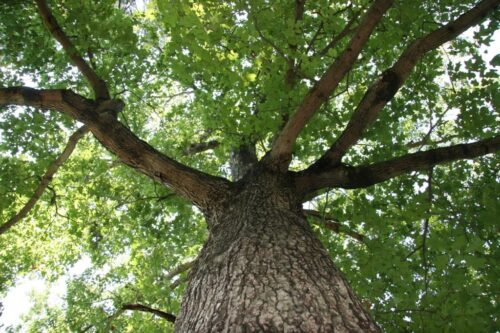
By Ellen Powell, DOF Conservation Education Coordinator
There’s an old saying that you plant an oak tree for your grandchildren. There’s some truth to that, as oaks are not the fastest growing trees. But along the way to maturity, they provide benefits to us and to the environment. Shade? Check. Beauty? Check. Acorns for hungry wildlife? Check.
Oaks do grow acorns, but just as importantly, oaks grow caterpillars. More than 500 species of moth and butterfly caterpillars feed on the leaves of the oak genus, Quercus. That’s important because 96 percent of terrestrial birds feed caterpillars to their young. Sure, you can attract birds to your yard with a feeder full of seed. You can make them stick around by encouraging native fruit and seed-producing plants. But if you want to help them raise young birds, plant oak trees.
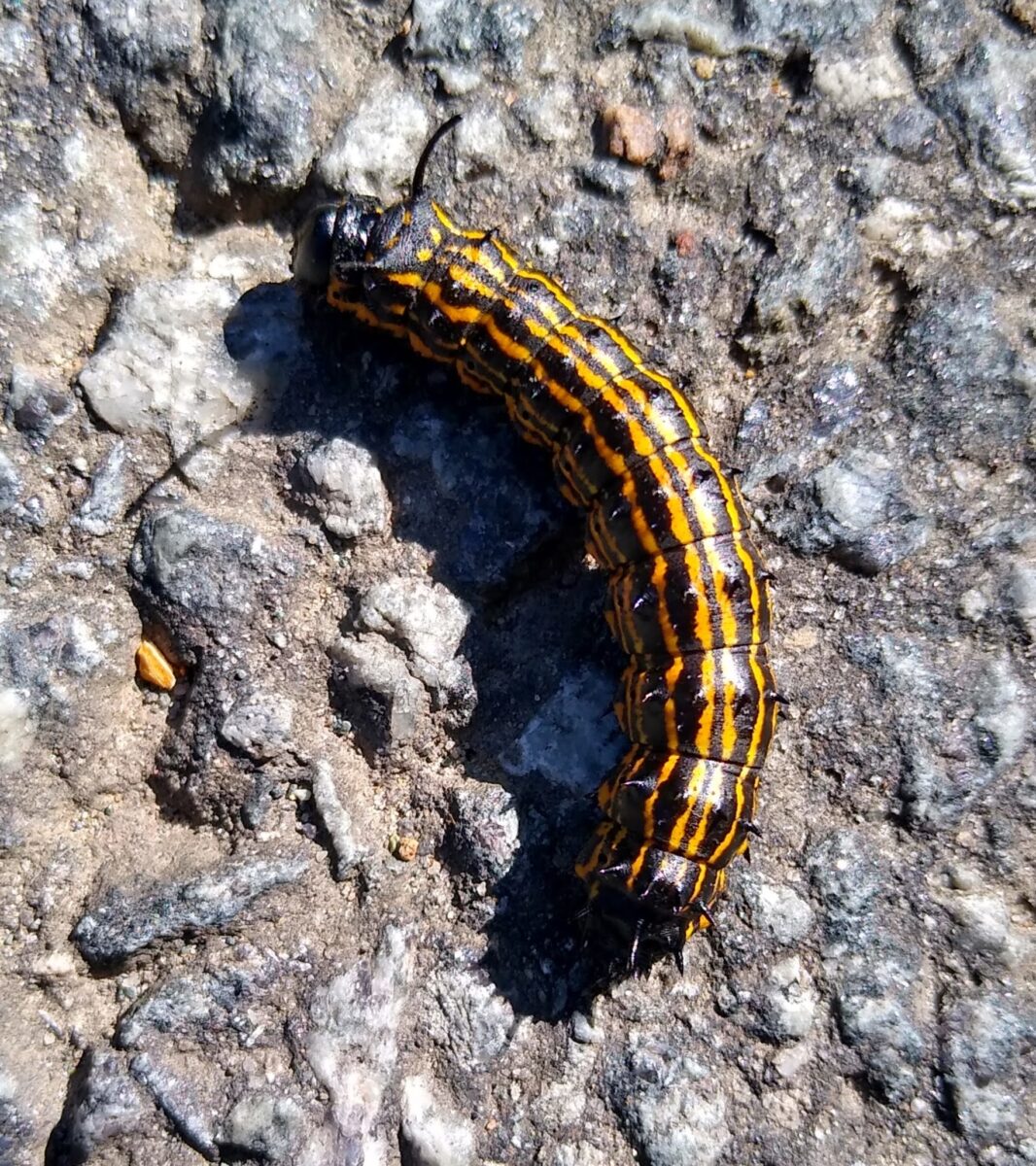
Flora of Virginia lists 27 species of native oaks in our state. All are in the same genus, but they have different environmental requirements and characteristics. Some are shrubby and short-lived, but others reach massive proportions and live over 400 years. Some thrive in moist Coastal Plain river bottoms, while others eke out an existence on rocky mountain ridges. Clearly, choosing the best oak for your yard takes a little planning.
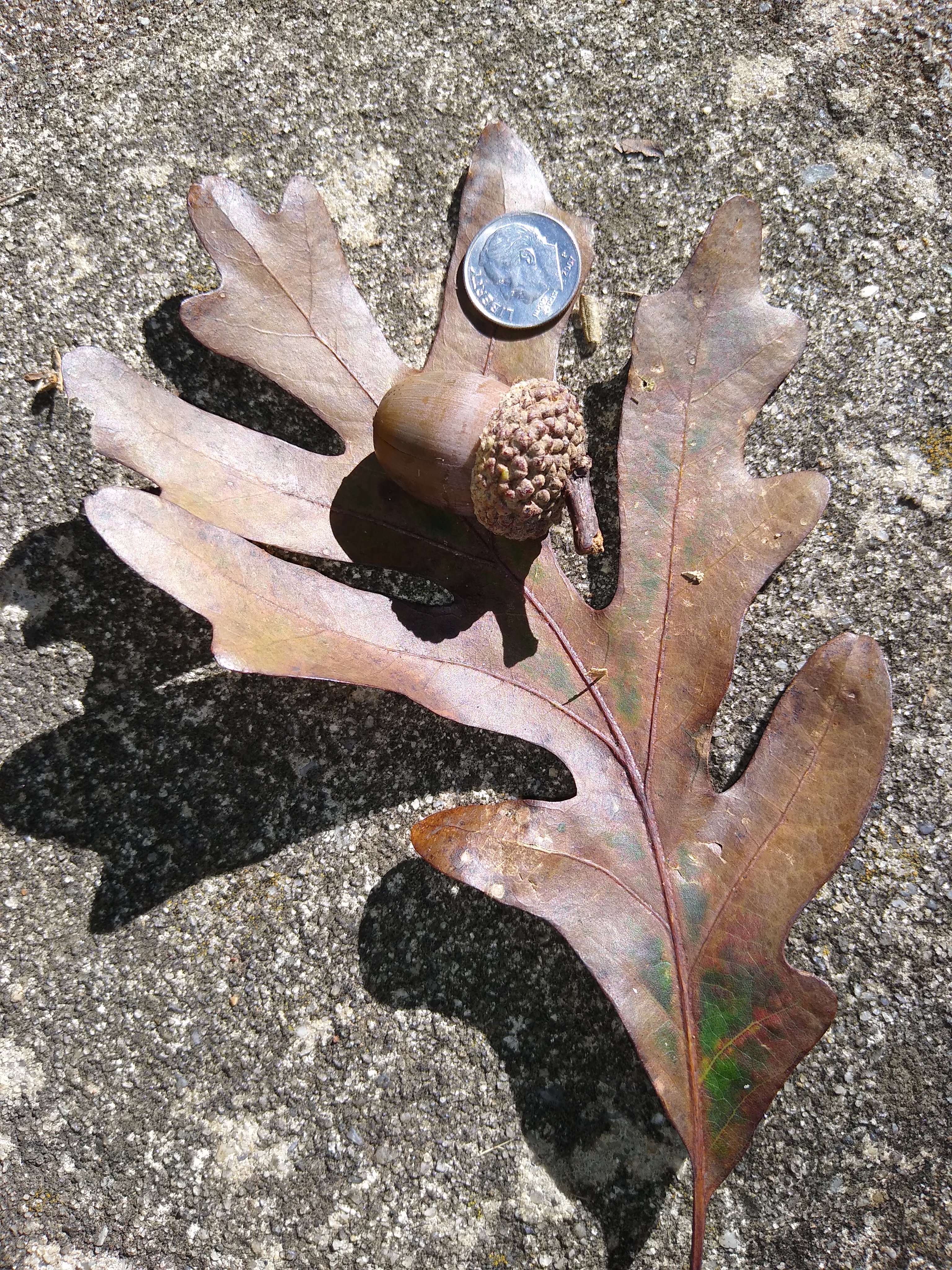
The Virginia Department of Forestry’s (DOF) hardwood nursery in Augusta County grows ten species of oaks for sale as seedlings. Each autumn, seedling sales begin, along with planning and planting for the next year’s seedling crop. The nursery enlists the public’s help to find enough acorns to plant. If you’d like to help, check out the acorn collection program, including details on what species to collect and how to store them. Just make sure to deliver your acorns to your local DOF office by October 16.
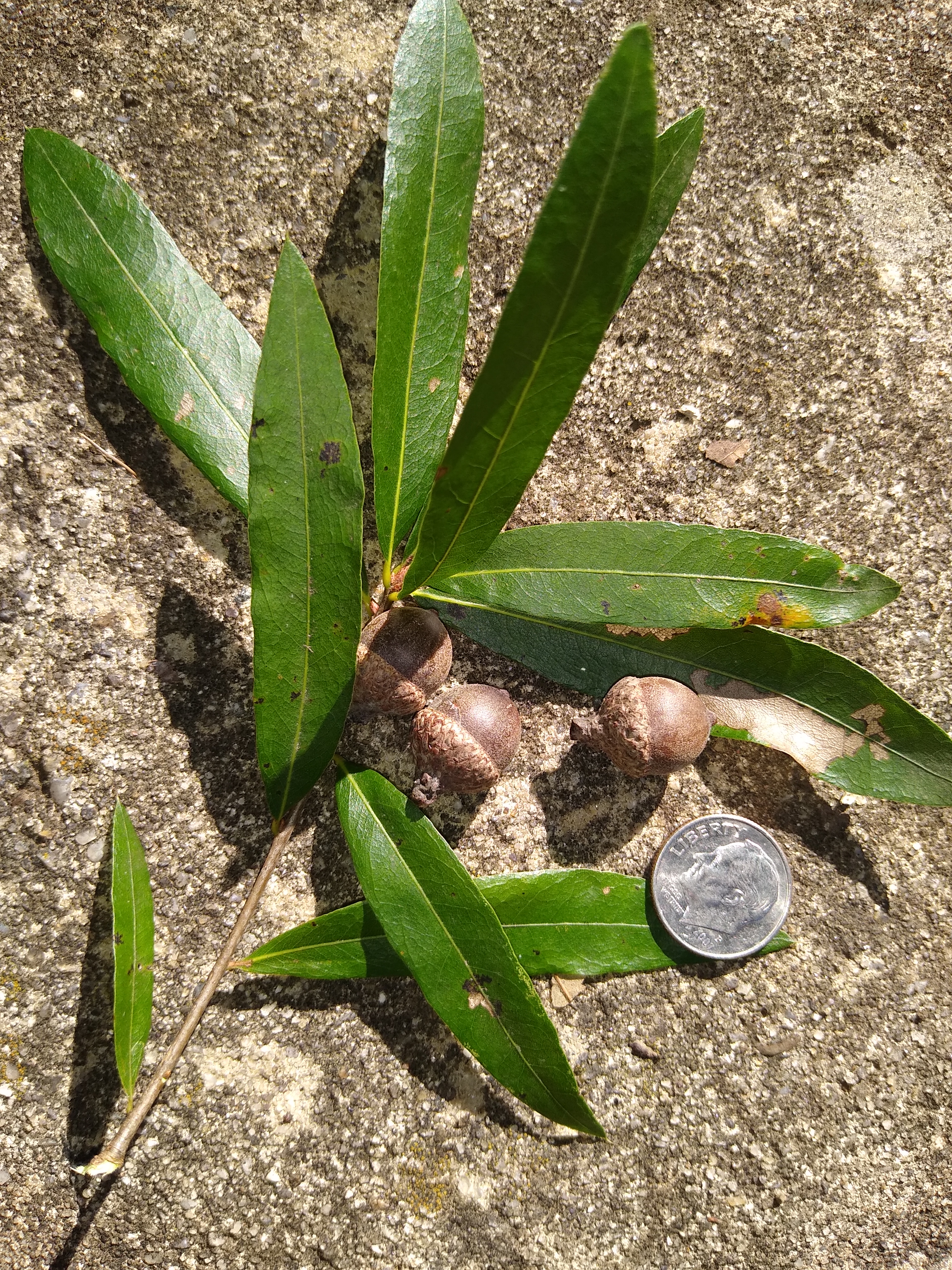
Not sure which acorn is which? No problem! DOF staff can identify them – we’re awesome and nerdy like that. But just to be safe, drop a leaf or two from the tree in the paper bag. You can also see great photos of oak species (and other trees on Virginia Tech’s Tree Fact Sheets website.
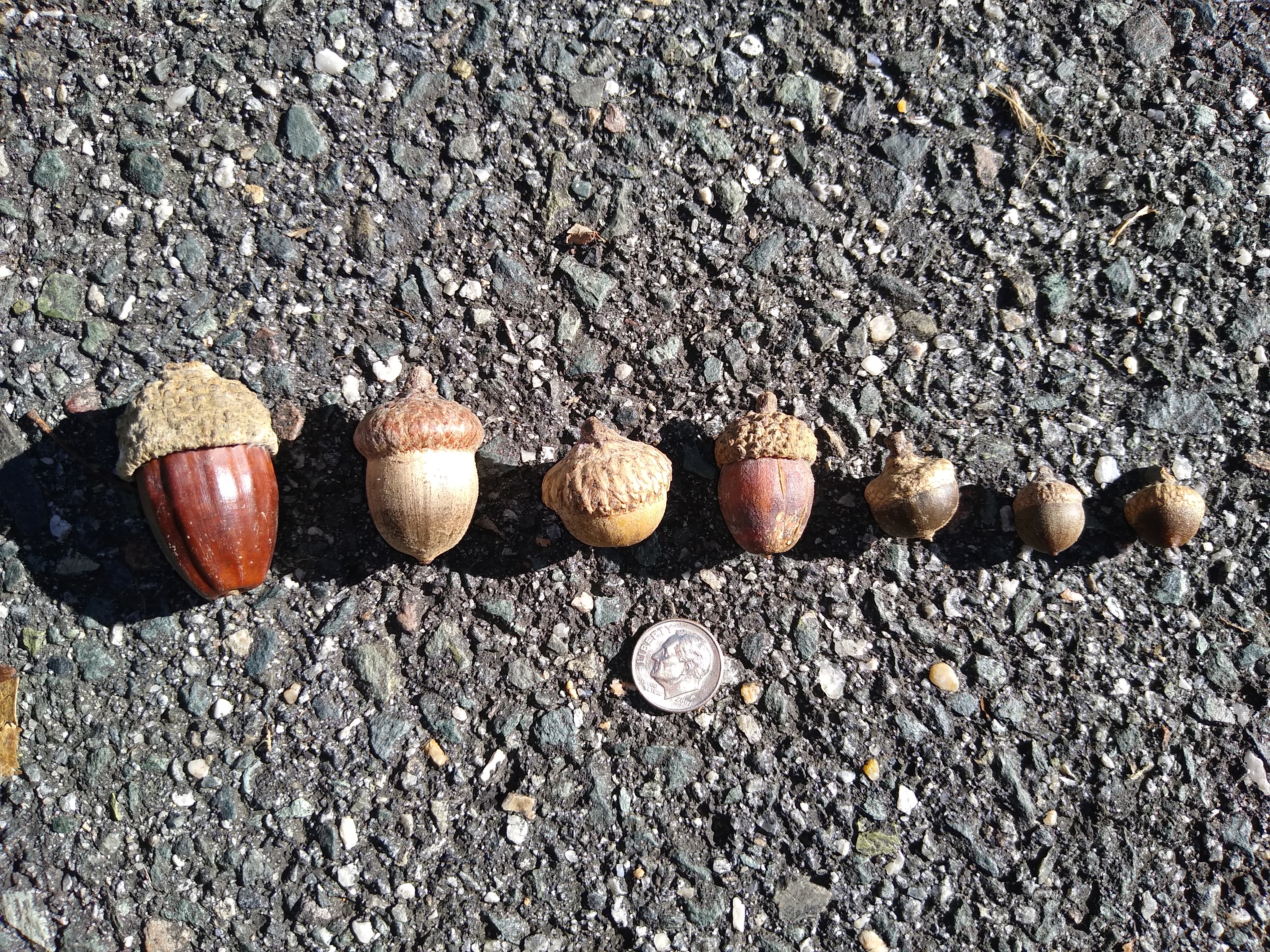
DOF hopes you’ll plant an oak, or two, or ten this fall. Do it for the birds – and do it for your grandchildren!
Tags: Acorns/Nuts, Oak
Category: Nurseries
